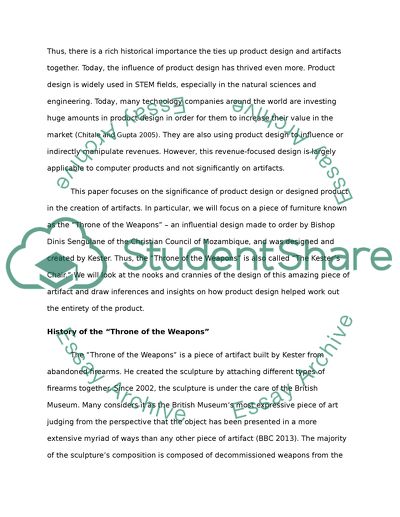Cite this document
(“The significance of a designed product (Product Design) Essay”, n.d.)
Retrieved from https://studentshare.org/design-technology/1495755-the-significance-of-a-designed-product-product
Retrieved from https://studentshare.org/design-technology/1495755-the-significance-of-a-designed-product-product
(The Significance of a Designed Product (Product Design) Essay)
https://studentshare.org/design-technology/1495755-the-significance-of-a-designed-product-product.
https://studentshare.org/design-technology/1495755-the-significance-of-a-designed-product-product.
“The Significance of a Designed Product (Product Design) Essay”, n.d. https://studentshare.org/design-technology/1495755-the-significance-of-a-designed-product-product.


